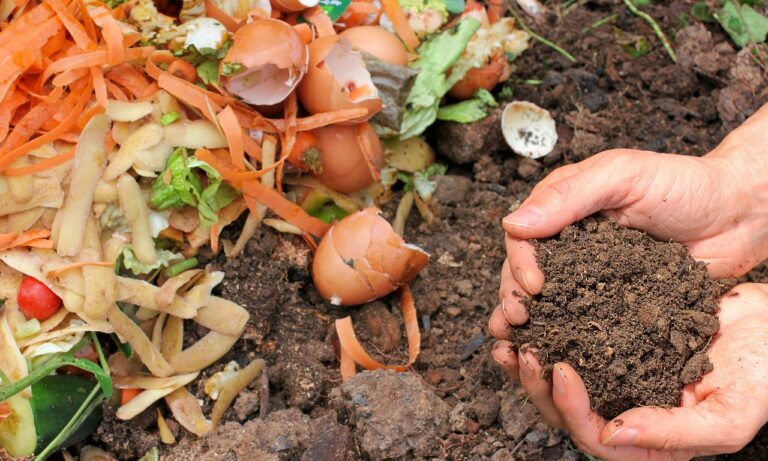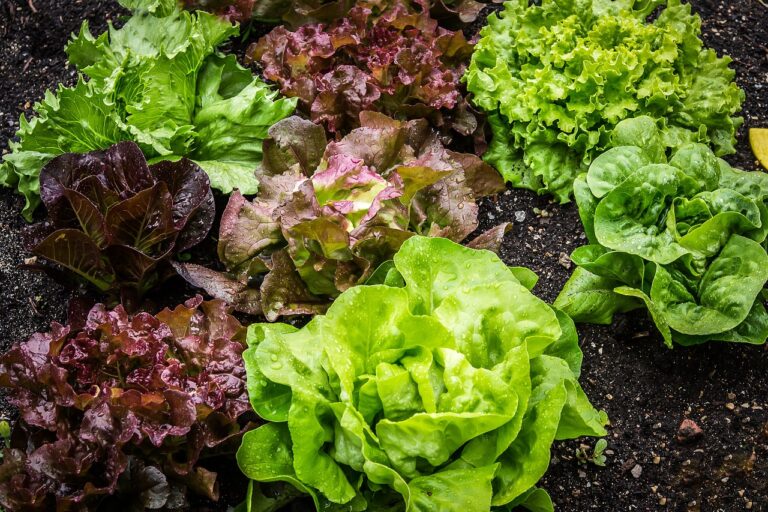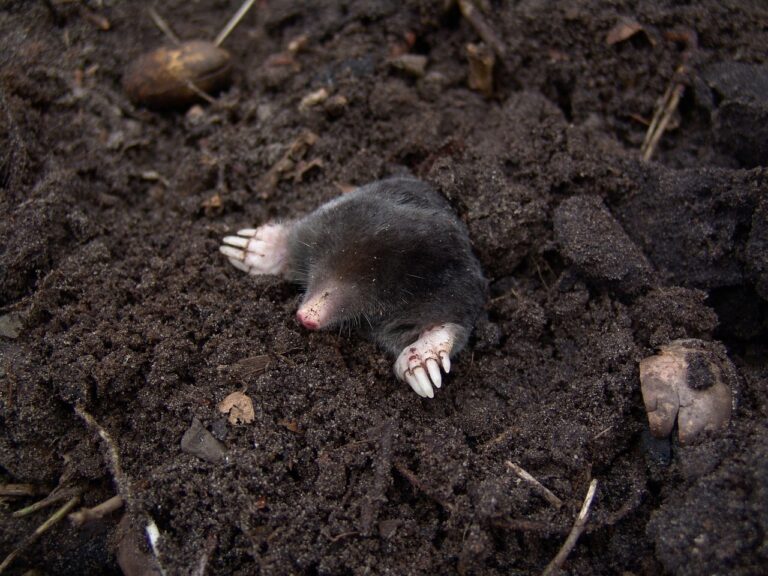Have you ever wondered if compost can actually burn plants?
As a gardener, I always strive to provide the best care for my plants and the thought of inadvertently harming them with compost is concerning.
In this discussion, we will explore the factors that contribute to compost burning plants, ways to prevent it from happening, common misconceptions surrounding this topic, and the numerous benefits of using compost in your garden.
So, let’s dive into the fascinating world of composting and uncover the truth behind its relationship with plant health.
Understanding the Composting Process
To gain a comprehensive understanding of the composting process, I’ll outline the key steps involved and explain the scientific principles behind them.
Composting is a natural process in which organic matter decomposes and turns into nutrient-rich humus. There are various composting methods, but the basic principles remain the same.
The first step is to gather organic materials such as fruit and vegetable scraps, yard waste, and coffee grounds. These materials are then layered in a compost bin or pile.
The second step is to ensure the right conditions for decomposition. This includes maintaining the proper moisture level, providing adequate aeration, and achieving the right carbon-to-nitrogen ratio.
The composting timeline depends on several factors, including the type of materials used, the size of the pile, and the environmental conditions. Under favorable conditions, composting can take anywhere from a few weeks to several months.
Throughout the process, microorganisms, such as bacteria and fungi, break down the organic matter, releasing heat as a byproduct. This heat accelerates decomposition and helps kill pathogens and weed seeds.
Factors That Contribute to Compost Burning Plants
As we explore the factors that contribute to compost burning plants, it’s important to understand the potential risks associated with improper composting practices. Compost burning, also known as compost heat damage, occurs when the temperature of the compost pile exceeds the optimal range for plant growth. This can happen due to several factors:
- Compost Temperature: High temperatures in the compost pile can result from improper moisture levels, excessive nitrogen content, or inadequate aeration. When the temperature rises above 160 degrees Fahrenheit, it can burn plants upon application, causing damage to their roots and foliage.
- Moisture Levels: Compost that’s too dry or too wet can contribute to compost burning. Insufficient moisture can hinder the breakdown of organic matter and lead to the accumulation of heat. On the other hand, excessive moisture can create anaerobic conditions, promoting the growth of harmful bacteria and fungi that generate heat.
- Lack of Turnover: Turning the compost regularly is essential to maintain proper moisture levels and prevent overheating. Failing to turn the pile allows heat to build up, increasing the risk of compost burning.
To prevent compost burning, it’s crucial to monitor compost temperature and moisture levels regularly. Adjusting the moisture content, providing adequate aeration, and turning the pile frequently can help maintain optimal conditions for composting without posing a risk to plants.
How to Prevent Compost From Burning Plants
One effective method for preventing compost from burning plants is to carefully monitor and control the temperature and moisture levels throughout the composting process. Compost fires can occur when the temperature inside the pile rises too high, causing the organic matter to combust. By keeping a close eye on the temperature, you can intervene before it reaches dangerous levels.
To prevent compost fires, it’s important to regularly monitor the temperature using a compost thermometer. The ideal temperature range for composting is between 120°F and 160°F. If you notice the temperature exceeding this range, it’s a sign that the compost is overheating and immediate action should be taken.
In addition to temperature, moisture levels are also crucial in preventing compost fires. The moisture content should be around 50-60%, which can be checked by squeezing a handful of compost. If it feels too dry, add water; if it feels too wet, add dry materials like leaves or sawdust to absorb excess moisture.
Proper aeration is another important aspect of preventing compost fires. Turning the compost regularly allows for the release of excess heat and promotes airflow, preventing the pile from overheating.
Common Misconceptions About Compost and Plant Burns
Monitoring temperature and moisture levels in compost is crucial for preventing fires, but it’s important to address common misconceptions about compost and plant burns. Misunderstandings can lead to unnecessary concerns and hinder the potential benefits of compost for soil health. Here are three common misconceptions about compost and plant burns:
- Compost will burn plants if applied directly: This is a prevalent misconception, but the truth is that properly made and mature compost won’t burn plants. The decomposition process in composting generates heat, but when the compost is fully decomposed and stabilized, the heat dissipates, and it becomes a valuable addition to soil.
- All composting methods produce the same results: Different composting methods yield varying qualities of compost. Some methods, such as hot composting, involve higher temperatures and faster decomposition, which can eliminate pathogens and weed seeds more effectively. On the other hand, slow composting methods may result in a less refined product but still offer benefits to soil health.
- Compost can replace all other soil amendments: While compost is a valuable soil amendment, it isn’t a complete substitute for other essential nutrients. Compost provides organic matter, improves soil structure, and enhances microbial activity. However, it may not supply sufficient amounts of specific nutrients like nitrogen, phosphorus, and potassium. It’s important to consider the specific needs of plants and supplement compost with appropriate fertilizers when necessary.
Understanding these common misconceptions can help gardeners and farmers make informed decisions about composting and its potential impact on plant health and soil fertility. By debunking these myths, we can embrace the benefits of composting and maximize its positive effects on our gardens and agricultural practices.
Benefits of Using Compost in Your Garden
Using compost in your garden can provide numerous benefits for soil health and plant growth. Compost is rich in organic matter, which improves soil structure, fertility, and water-holding capacity. The addition of compost enhances soil microbial activity, promoting nutrient cycling and availability for plants. This, in turn, leads to improved plant health, vigor, and productivity.
One of the key benefits of compost is its ability to improve soil structure. Compost acts as a binder, binding soil particles together and creating aggregates. These aggregates help to increase soil porosity, allowing for better aeration and water infiltration. Improved soil structure also reduces soil erosion and compaction, ensuring optimal root growth and nutrient uptake.
Compost also serves as a slow-release source of essential nutrients for plants. As organic matter decomposes, nutrients are released gradually, providing a steady supply to plants over time. This reduces the risk of nutrient leaching and enhances nutrient efficiency.
Additionally, compost enhances the soil’s ability to retain moisture. The organic matter in compost acts like a sponge, absorbing water and holding it in the soil. This is especially beneficial in dry climates or during periods of drought, as it helps to conserve water and reduce the need for irrigation.
Conclusion
In conclusion, while compost can potentially burn plants if not properly managed, understanding the composting process and implementing preventive measures can help mitigate this risk.
Factors such as high nitrogen content, excessive moisture, and improper mixing can contribute to compost burning plants.
By maintaining the right balance of ingredients, monitoring moisture levels, and regularly turning the compost pile, gardeners can ensure the beneficial use of compost in their gardens without causing harm to their plants.




